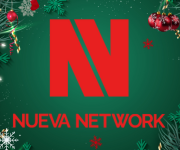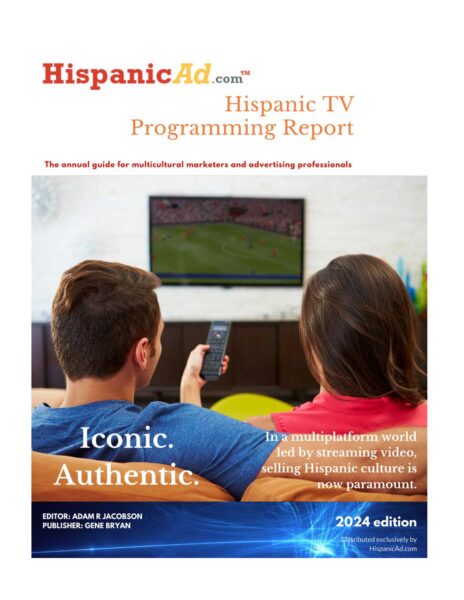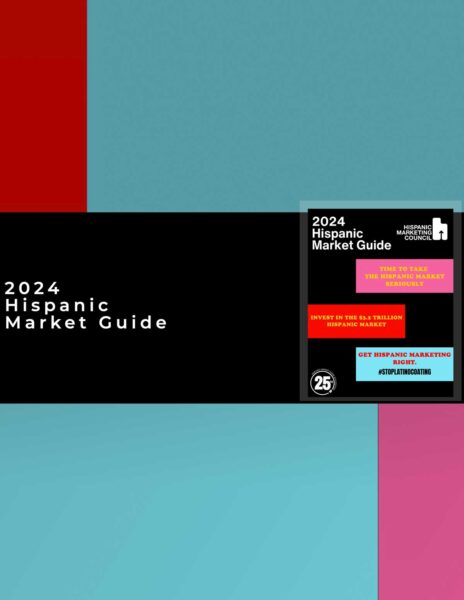The Recruitment Race Resumes
December 11, 2020
 The following is republished with the permission of the Association of National Advertisers. Find this and similar articles on ANA Newsstand.
The following is republished with the permission of the Association of National Advertisers. Find this and similar articles on ANA Newsstand.
By Michael J. McDermott
What a difference a year makes. With unemployment at a 50-year low and the economy growing steadily at the start of 2020, competition was intense in a seller’s market for entry-level marketing talent.
Industries like finance, law, and tech were targeting the same candidates as brands and ad agencies (they still are), and marketing organizations often found themselves at a disadvantage (they still do). On the cusp of 2021, a pandemic-hobbled economy has altered the employment picture, but marketers still face many of the same challenges in attracting the best young talent as they did before COVID-19. Overcoming such hurdles is critical to marketing’s future.
Competition for talent lessened during the lockdown period of the pandemic, but not across the board. Patrali Chatterjee, a professor and chair of the marketing department at Montclair State University’s Feliciano School of Business, says mid-tier positions bore the brunt of marketing job losses.
Brands and agencies remain reluctant to ramp up hiring in this segment due to lingering questions about the economy and uncertainty about the trajectory of advertising spending.
However, entry- and higher-level advertising and marketing positions have survived and bounced back relatively well in terms of job retention, thanks to a pivot to digital and feverish activity during the election cycle, Chatterjee says.
She cites data from EMSI, which matches labor market data with job postings and higher education output, that suggests the pandemic-triggered drop in demand for talent appears to be recovering.
Great Expectations
During the past three years, the ANA Educational Foundation (AEF) has conducted original talent research resulting in four reports that lay out the challenges brands and agencies face in attracting and retaining entry-level marketing talent.
The AEF, partnering with brands, agencies, colleges and universities, and other industry organizations, has also launched a dozen initiatives to help marketers meet these recruiting challenges. Its Marketing and Advertising Education (MADE) internship program, for instance, has scaled from 700 applications when it debuted in 2017 to more than 1,800 in 2020.
Meanwhile, the AEF’s “Best Jobs Ever” campaign (a video series launched last November and currently on hiatus due to the pandemic) has boosted awareness of career opportunities in marketing, and the Campus Speakers Program, which was rolled out last fall by the AEF board of directors, brings top brand and ad executives to speak at colleges and universities about the benefits of joining the marketing profession.
The challenges associated with cultivating new marketing talent may be a case of the cobbler’s kids having no shoes. Noting that career paths for many successful marketing professionals have been nonlinear — in contrast to professions like finance and accounting — Chatterjee says that leads students to associate marketing with a job, but professions like finance or law with a career.
“It has fostered the belief that anyone can do marketing, that it is a fallback career option if one feels challenged in other fields,” Chatterjee says. “The perception of marketing as an easy, fluid, and fluffy profession in the minds of students and non-marketing professionals alike has led to a dilution of marketing’s brand equity.”
Real-World Experience
Part of the problem lies in the inherently diverse nature of the marketing function, says Elliot Lum, SVP of talent strategy and program development at AEF. “Marketers are involved in so many different functional areas — data and technology, supply chain, diversity, talent. It’s challenging to build an employment brand and create a marketing-driven approach to talent acquisition and retention that embraces it all,” he says.
Despite the scope of these challenges, brands and agencies are finding new ways to meet them head-on. Take IBM’s marketing and communications internship program, which has become essential to the company’s efforts to recruit and retain young marketing talent, says Roseanne Romero, who has been leading the intern program for the past five years.
IBM’s program is an immersive experience, in which interns work as part of a team tackling various projects that address strategic marketing challenges. The interns are exposed to many different aspects of modern marketing, from data science to social media marketing to content creation. The internship also includes educational, networking, and social activities.
“An essential element to the program is that interns are given meaningful work that drives real value for the company,” Romero says. “We’re very deliberate in our project selection to make sure that our interns aren’t just given piecemeal assignments but have the opportunity to take ownership of a strategic project that will have a lasting impact on a global marketing and communications organization.”
While digital outreach plays a role in the IBM program, the company puts a stronger emphasis on long-term relationships with colleges and universities. Most of its recruiting efforts are done on-campus, but that’s had to change due to the pandemic.
“We constantly evaluate how we engage with prospective interns from the channels we use through the type of content we share,” Romero says. “We’re focusing on creating meaningful dialogue with students on topics such as marketing and communications career possibilities, best practice examples from real campaigns, and the role that technology and our company can have in advancing social justice. The channels we use to communicate with students have also changed, not just due to the pandemic, but because we want to have more relevant, authentic conversations with students. Our team has integrated ‘social takeovers’ of student organizations’ social media, along with new virtual event formats, as key parts of our recruiting strategy. These new tools are helping us to broaden our reach and foster deeper connections with candidates.”
Long-Term Commitment
Verizon has met the challenge of recruiting more diverse young talent to marketing with its adfellows program. Encouraging a wide range of voices, CMO Diego Scotti has called for more diversity on agency teams working on the brand’s account.
The adfellows program was launched in 2017 by Verizon and five agency partners. The eight-month program is paid, and some living expenses are covered, as well. Last year, the program added three brand partners (American Express, Anheuser-Busch, and Walmart), while the agency partner list has grown to 13, including Digitas, McCann, and Publicis North America.
The program’s ultimate goal is to increase diversity in the industry by having 90 percent of the fellows hired into full-time positions at the end of the program. Last spring, even amid the pandemic, the program hired 94 percent of the fellows.
Verizon’s adfellows partners with several organizations, including the ANA MADE program, for recruitment. All candidates must be recommended through one of the partner organizations to be considered for adfellows.
The immersive program “markets marketing” by providing three consistent sets of experiences: real work responsibilities and on-the-job experiences, semi-structured learning experiences and events, and dedicated time for support and teamwork.
Eighty-two people have completed the program, with this year’s participants getting a surprise visit from Pharrell Williams during their online graduation ceremony in April. The program has transitioned to virtual recruiting for the next class. Pivoting to digital as a way to deal with COVID-19 has meant attending more virtual career fairs which, in turn, gives Verizon the opportunity to speak to more potential candidates.
Meaningful Initiatives
Other ANA members are sharpening their focus on diversity, inclusion, and sense of belonging (DIB) in an effort to recruit the next generation of marketing talent. “Marketing and advertising sets the tone and cultural norms across society,” says Anneka Gupta, president and head of products and platforms at LiveRamp. “We have an opportunity and responsibility to use our technology, products, and voice to set the agenda for DIB across every sector.”
LiveRamp teams across the organization have implemented meaningful initiatives to ensure they are cultivating young marketing talent from a diverse set of university candidates. A standardized template has been created for hiring managers to ensure all candidates receive the same information about the company and its values and benefits, regardless of the team or position they are seeking.
LiveRamp’s university recruiting team has pivoted from a target-campus approach to a school-agnostic approach. “This allows us to provide access and opportunity to students from every campus versus a select group of campuses,” Gupta says. “These efforts include outreach and sourcing through under-represented candidate groups and channels, providing a unique opportunity for teams looking to diversify and develop their talent pipeline.”
Making sure interns and entry-level employees have the tools and resources they need to succeed has been a challenge during the pandemic, but LiveRamp has stepped up efforts to meet it. Last summer it provided interns with support teams consisting of a manager, a team mentor, two cross-functional buddies, and a program manager to ensure that one-on-one relationships were still being nurtured virtually.
Its internship programs offer unique opportunities for entry-level talent interested in the intersection of marketing and technology. Each intern is assigned a meaningful project along with a team of supportive members to ensure their experience positively informs their future career, she adds.
Creative, wide-ranging internships like those offered by IBM, the Verizon adfellows program, LiveRamp, and other brands and agencies must become the rule rather than the exception if marketing is going to win the battle for entry-level talent.
“Marketing is a rich, complex, applied discipline at the intersection of psychology, economics, communication, art, and math,” Chatterjee says. “The future of marketing will require talent that is agile and can amalgamate creative thinking with digital technology and data analytics through the lens of marketing and neuroscience in order to succeed.”































